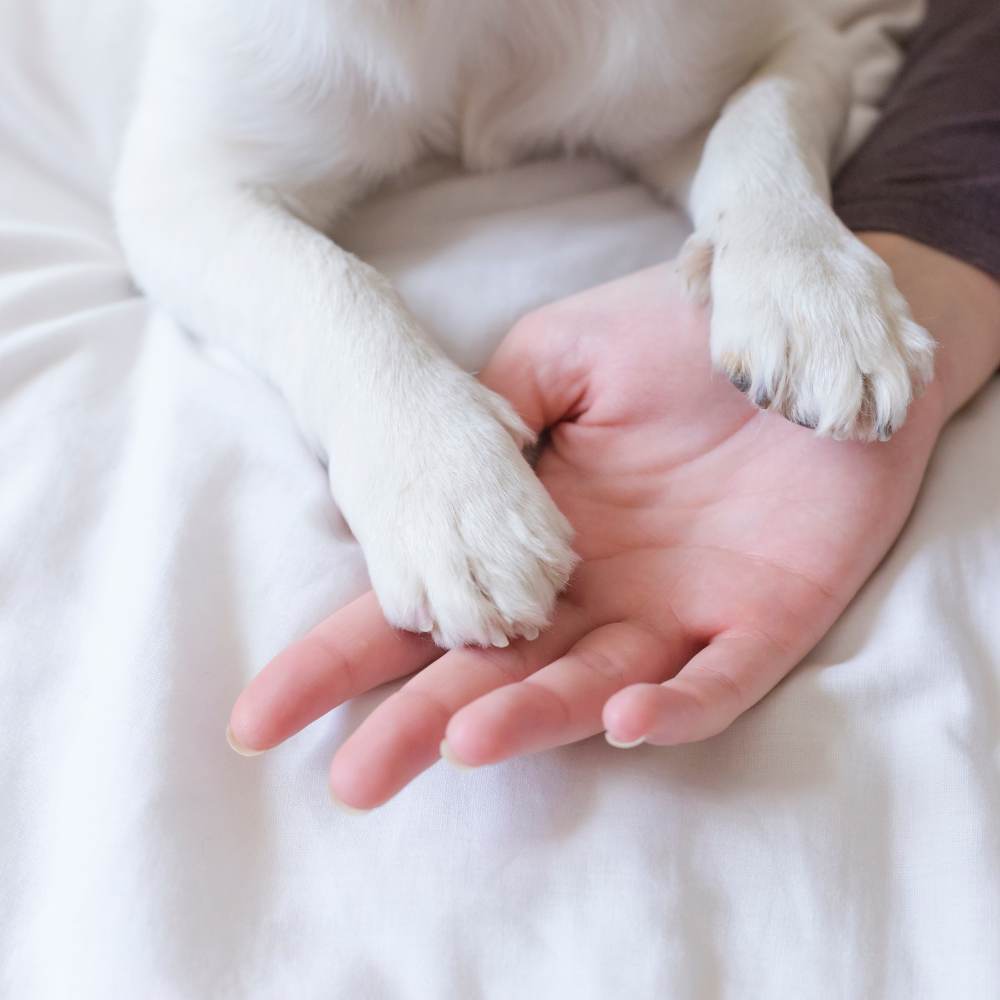In 24 cities

Frosty Paws: How to Protect Your Dog's Paws in Cold Weather
|
|
Time to read 5 min
Get product availability and delivery timelines based on your location.
Are you sure you want to delete this address?
Help us ensure a smooth delivery
Help us ensure a smooth delivery
SIZE GUIDE
|
|
Time to read 5 min
In the chilly embrace of winter, your furry friend's paws face unique challenges. Understanding the significance of dog paw care becomes paramount during cold weather.
As pet parents, acknowledging the potential challenges is key to ensuring your dog's well-being. The cold weather poses various potential challenges to dog paws, making paw care a crucial aspect of winter pet care.
Discover the importance of safeguarding your canine companion's paws and gain insights into effective techniques to combat the cold weather challenges. Your dog's comfort and happiness begin with proactive paw care this winter.
Winter can be tough on our furry friends, especially their delicate paws. Recognizing the potential risks is vital for responsible pet care during the colder months. One significant aspect is the winter paw care issue, where a dog's paws face various problems due to the cold weather.
A dog’s paws face the most exposure to harsh conditions and thus need extra tender love and care. Some of the problems that your dog’s paws might contract during the winter season are-
In the biting cold, frostbite and hypothermia are genuine concerns that can affect a dog's paws, leading to discomfort and potential long-term damage. It's crucial to be aware of the dangers these conditions pose in cold temperatures.
Equally concerning is the impact of harsh de-icing chemicals and salt commonly used to combat icy conditions. While essential for safety, these substances can wreak havoc on a dog's delicate paw pads, causing irritation and, if left unchecked, severe issues.
Here are the signs to watchout for in case your dog is facing any discomfort because of their paws:
Recognizing signs of paw discomfort is vital for proactive care. Behavioural changes are often the first indicators – pay attention if your dog seems hesitant or exhibits reluctance to walk on cold surfaces. Paw licking or nibbling can also signify irritation.
On a more physical level, inspect for visible signs of distress, such as:
Being attuned to these signs allows pet parents to intervene promptly, ensuring their furry friends remain comfortable and healthy throughout the winter.
When the winter chill sets in, your dog's paws need extra TLC to combat the cold weather. Here's a guide to help you become a winter paw care pro:
In order to give your pup optimal paw care it is essential to choose the right paw care products for them.
Along with paw care products, regular grooming of the paw area including nails and fur is also important to make sure that your pup’s paws are clean and hygienic.
Winter paw care is more than a routine; it's an expression of love and attention. By following these simple yet effective techniques, you ensure your dog's paws stay happy and healthy throughout the frosty season.
Remember, a little care goes a long way in keeping those paws warm, protected, and ready for winter adventures.
In conclusion, prioritizing proactive paw care for dogs during cold weather ensures happy paws, paving the way for delightful winter adventures with your furry companion. By adhering to the key points highlighted throughout this guide, you actively contribute to the well-being of your dog.
Proactive paw care in cold weather involves regular checks, cleaning after winter walks, and the application of moisturizers or protective booties. Remember, the key to happy paws lies in the consistency of your efforts.
In the frosty embrace of winter, your dog's comfort and happiness become paramount. As temperatures drop, so does the potential for discomfort and challenges to your dog's paws.
By engaging in proactive paw care, you not only shield your furry friend from the harsh effects of cold weather but also set the stage for joyous winter adventures.
Happy paws mean a happy and healthy dog, ready to explore the winter wonderland by your side. Embrace the simplicity of these practices, and witness the profound impact of your care on your dog's overall well-being throughout the chilly season.
2 item in cart
₹10,360









